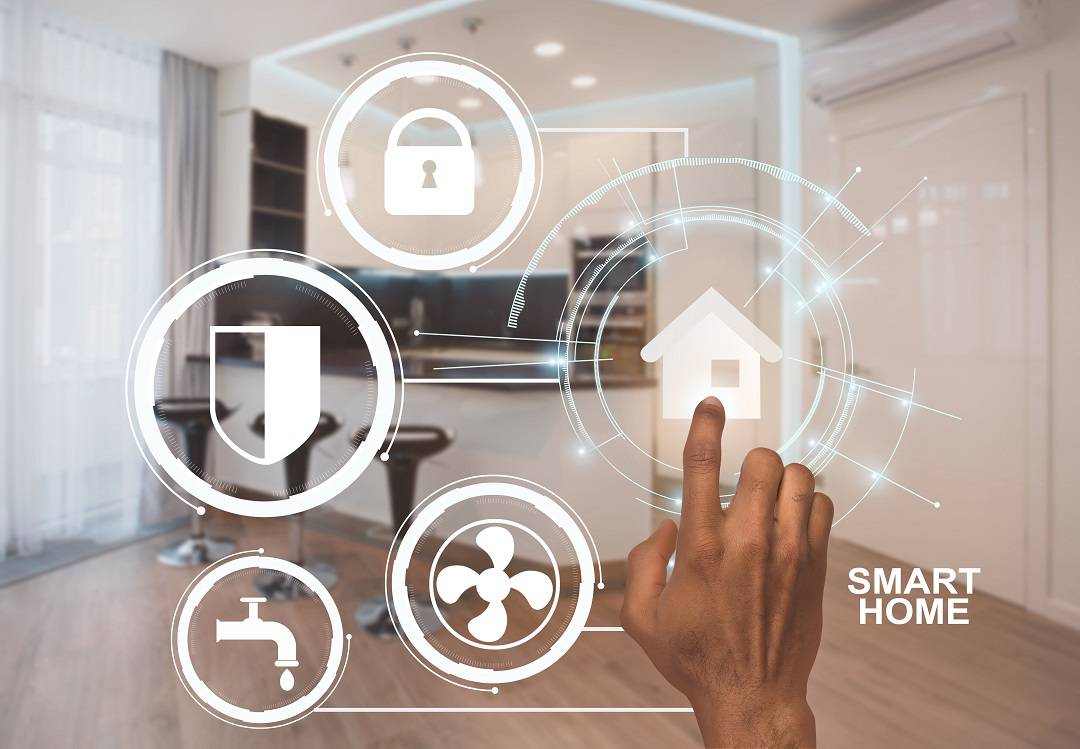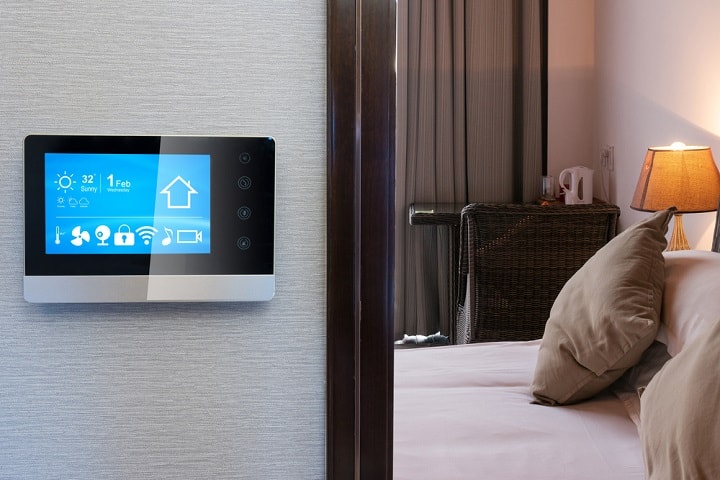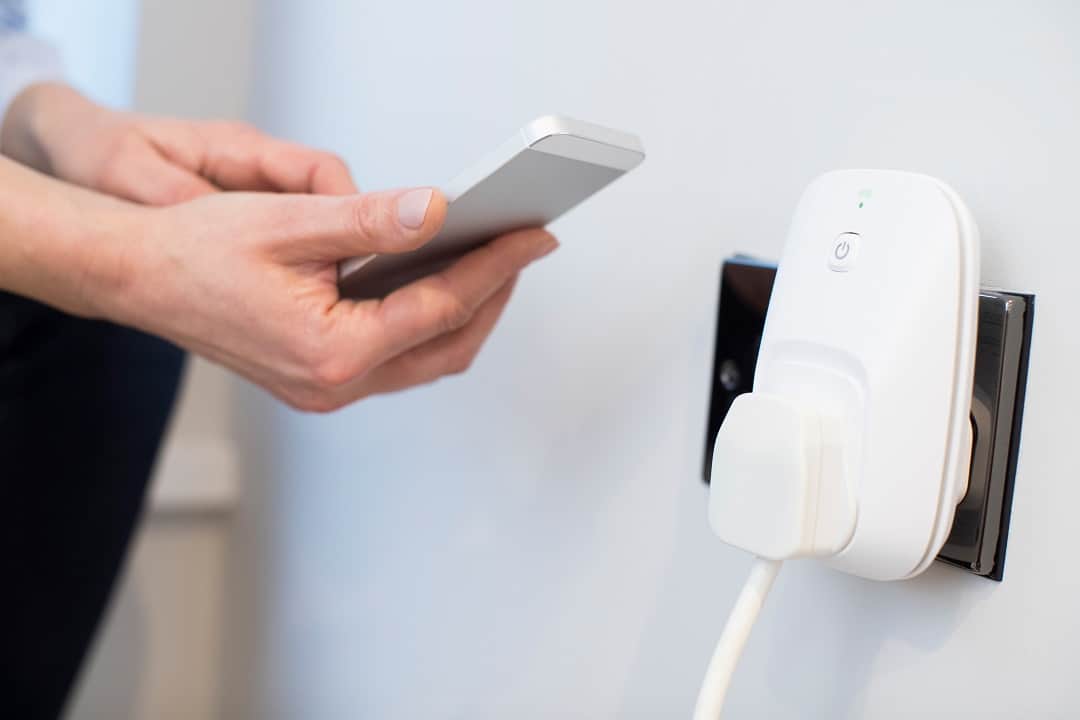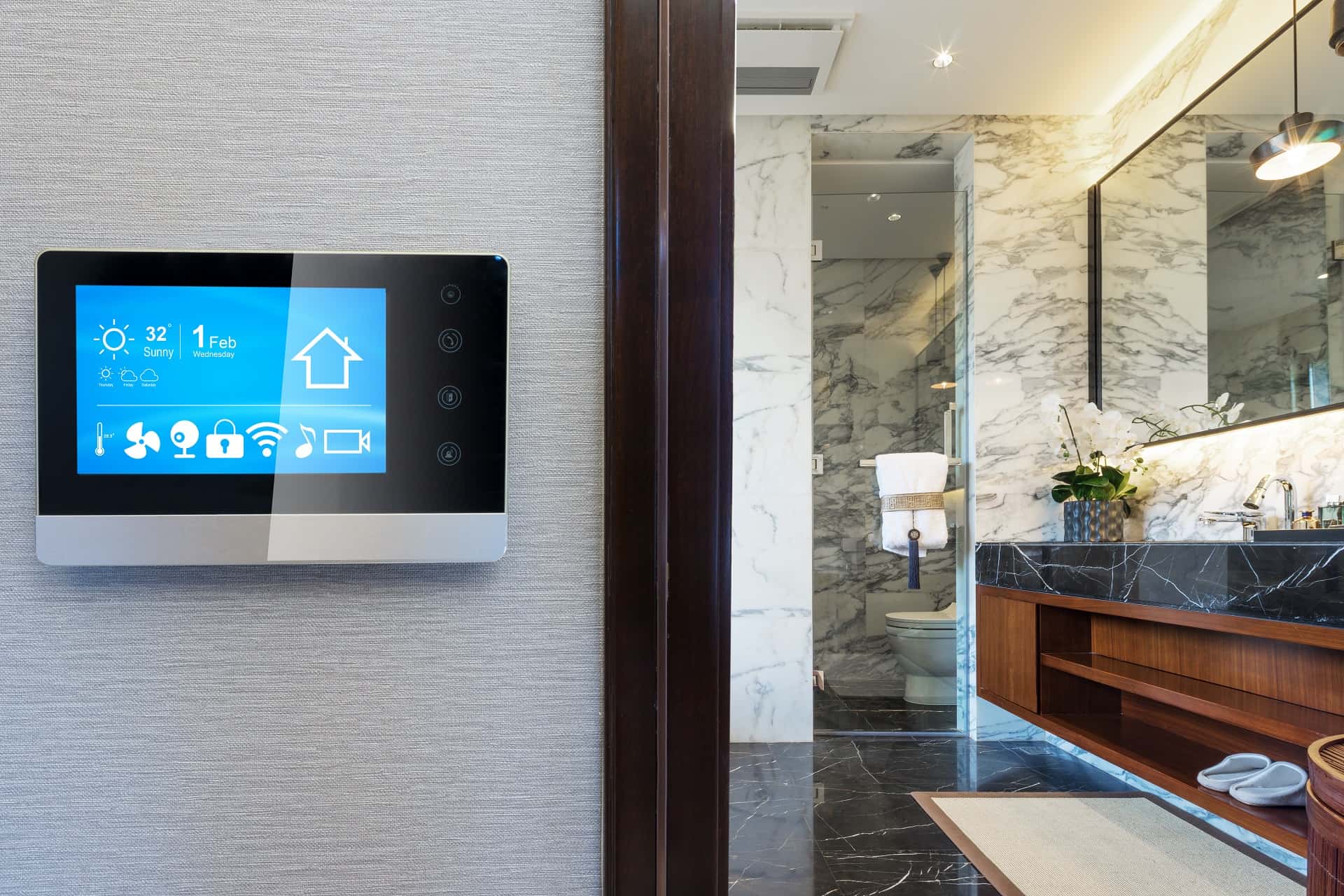Are you ready to take your home to the next level of convenience and control? In today’s fast-paced world, technology continues to revolutionize the way we live, and home automation is no exception. With the rise of smart devices and interconnected systems, it’s essential to understand the different protocols that power these advancements. In this blog post, we’ll delve into the world of home automation protocols, focusing on three popular ones: WiFi, Zigbee, and Z-wave. Whether you’re a tech enthusiast or a homeowner looking to make your living space smarter, this post will provide you with a comprehensive overview of these protocols, their strengths, and how they can enhance your daily life. So, let’s dive in and explore the fascinating world of home automation!
What is WiFi?
WiFi, or Wireless Fidelity, is a commonly used wireless communication protocol that enables devices to connect to the internet and communicate with each other. In the context of home automation protocols, WiFi is used to connect smart devices such as smart thermostats, smart speakers, and security cameras to a home network. These devices can then be controlled and monitored remotely through smartphone apps or voice assistants. WiFi operates on the 2.4 GHz and 5 GHz frequency bands, providing fast and reliable connection speeds. It is a popular choice for home automation due to its widespread availability, easy setup process, and compatibility with a wide range of devices. However, the WiFi protocol can take a high amount of power, making it unfeasible for most battery powered home automation devices to use it.
What is Zigbee?
Zigbee is a wireless communication protocol specifically designed for low-power devices in home automation systems. It operates on the 2.4 GHz frequency band and is known for its reliability and energy efficiency. One of the key advantages of Zigbee is its ability to create a mesh network, where devices can communicate with each other and transmit data over longer distances by hopping through neighboring devices. This makes Zigbee ideal for large homes or buildings where multiple devices need to be connected. Additionally, Zigbee supports a wide range of devices, including lights, sensors, locks, and thermostats, making it a versatile choice for smart home setups. With Zigbee, you can enjoy seamless connectivity and control over your home automation devices. However, Zigbee requires a hub or gateway to connect to the internet, which adds an extra cost. Since Zigbee is on the 2.4GHz frequency, it can see interference from Wifi devices operating on the same frequency. It also has a significantly smaller range than WiFi.
What is Z-Wave?
Z-wave is another wireless protocol commonly used in home automation. Like Zigbee, it operates on a mesh network and focuses on low-power consumption. Z-wave devices can communicate with each other over long distances, making it suitable for larger homes. It operates on a different frequency than WiFi and Zigbee, which helps to reduce interference. Additionally, Z-wave is highly secure, using encryption to protect data transmitted between devices. However, Z-wave devices can be more expensive than their WiFi or Zigbee counterparts. This is partly due to Z-wave being a proprietary protocol that devices need to pay to use.
Pros and Cons
| WiFi | Zigbee | Z-wave | |
|---|---|---|---|
| Power Consumption | high | low | low |
| Frequency | 2.4 or 5 GHz | 2.4GHz | 800-900 MHz |
| Range | 100-300 meters | 10-100 meters | 100-800 meters |
| Network Type | hub and spoke | mesh | mesh |
| Communication Speed | fast (up to 600 / 1300 Mbps) | slow (250 kbps) | slow (9.6 – 100kbps) |
FAQ
What are the range limitations of WiFi, Zigbee, and Zwave protocols?
The range limitations of WiFi, Zigbee, and Z-Wave protocols vary depending on the specific protocol and the environment in which they are used. The range can be affected by obstacles such as walls and interference from other devices. WiFi has a range of up to 100 meters indoors and 300 meters outdoors. Zigbee has a range of up to 10-100 meters, but this can be extended with the use of mesh networking, where devices communicate through other devices to reach a central hub. Lastly, Z-Wave has a range of up to 30 meters indoors. Z-Wave devices can also create a mesh network, allowing them to communicate with each other to extend the range.
Can WiFi, Zigbee, and Zwave be used together in a home automation system?
Yes, WiFi, Zigbee, and Z-Wave can be used together in a home automation system. Each protocol serves a different purpose and has its own advantages, but they are designed to be compatible with each other. WiFi is the most common and widely used protocol, allowing devices to connect to the internet and communicate with each other. Zigbee, on the other hand, is specifically designed for low-power devices and is great for creating a mesh network of smart devices throughout the home. Z-Wave is another wireless protocol that focuses on providing a reliable and secure connection for home automation devices. Just keep in mind what channel your Wifi and Zigbee devices are operating on, since they operate in the same frequency band they can cause interference with each other.
Are there any security concerns with WiFi, Zigbee, or Zwave protocols?
Yes, there are potential security concerns with WiFi, Zigbee, and Z-wave protocols. While WiFi is widely used and convenient, it is important to secure your network to prevent unauthorized access to your smart devices. This can be done by setting up a strong password and enabling encryption. Zigbee, on the other hand, uses AES 128-bit encryption, which provides a higher level of security. However, it is still important to regularly update your devices’ firmware to protect against any vulnerabilities. Z-wave, similar to Zigbee, also employs AES 128-bit encryption, making it a secure option for home automation. It is important to note that regardless of the protocol used, it is always recommended to keep your devices updated and use additional security measures such as a separate network where feasible.
What are the power consumption differences between WiFi, Zigbee, and Zwave?
The power consumption differences between WiFi, Zigbee, and Z-wave are significant. WiFi typically has higher power consumption compared to Zigbee and Z-wave. This is because WiFi is designed to handle high data transfer rates, which requires more energy. On the other hand, Zigbee and Z-wave are specifically developed for low-power applications, such as home automation. Zigbee is known for its energy efficiency, with devices consuming very little power in standby mode. Z-wave, on the other hand, is designed to offer long battery life for devices, making it ideal for wireless sensors and other battery-operated devices. So, if power efficiency is a priority, opting for Zigbee or Z-wave would be a wise choice.
How easy is it to set up and configure devices using WiFi, Zigbee, and Zwave protocols?
Setting up and configuring devices using WiFi, Zigbee, and Z-Wave protocols is generally quite easy. Most devices can be connected to their respective networks in just a few simple steps. Be sure to follow the manufacturer’s instructions that came with your device for full details on how to connect it into your smart home setup.
Are there any interoperability issues between WiFi, Zigbee, and Zwave devices?
Yes, there can be interoperability issues between WiFi and Zigbee devices. WiFi can operate on the 2.4GHz, which the Zigbee protocol also operates on. Because these two protocols share the same frequency, you can run into issues where noise from one network disrupts the other. To avoid this, you would want to make sure to set the Wifi and Zigbee networks to use different bands on the 2.4GHz network range.
In Summary
Thank you so much for taking the time to read about WiFi, Zigbee, and Z-wave. Home automation is becoming more and more popular, and understanding the different protocols available is crucial in making the right choices for your smart home. Whether you decide to go with WiFi, Zigbee, or Z-wave, each protocol has its own unique advantages and benefits. We hope that this post has shed some light on these protocols and has allowed you to make an informed decision.




